Bulldog pleco - Chaetostoma milesi
Scientific name: Chaetostoma milesi
Common name: Bulldog pleco
Family: Loricariidae
Usual size in fish tanks: 10 - 13 cm (3.94 - 5.12 inch)
014
Recommended pH range: 6 - 8
Recommended water hardness: 5 - 19°N (89.29 - 339.29ppm)
0°C 32°F30°C 86°F
Recommended temperature range: 23 - 25 °C (73.4 - 77°F)
The way how these fish reproduce: Spawning
Where the species comes from: South America
Temperament to its own species: peaceful
Temperament toward other fish species: peaceful
Usual place in the tank: Bottom levels
Food and Feeding
Bulldog Plecos are primarily herbivores and should be fed a variety of algae-based foods. Algae wafers make an excellent staple, but their diet should also include fresh vegetables like cucumber, romaine lettuce, and zucchini. Blanched vegetables are easier for them to consume and should be offered regularly. Although they prefer plant-based foods, you can offer a weekly treat of protein-rich foods like bloodworms to add variety and keep them healthy.
It's also important to remove any uneaten food to maintain water quality and prevent the buildup of toxins in the tank.
Origin
The Bulldog Pleco (Chaetostoma milesi) originates from the fast-flowing rivers of South America, specifically the Magdalena River Basin in Colombia. These rivers provide the cool, oxygen-rich waters that this species thrives in, and they are adapted to living in areas with strong currents and rocky substrates.
Understanding their natural habitat helps aquarists recreate similar conditions in the home aquarium, ensuring the fish's well-being.
Sexing
Males are distinguishable from females by their larger heads and slimmer bodies. Additionally, males tend to have slightly larger pelvic fins compared to females, which can be used to help identify their sex.
Breeding
To date, there are no verified reports of Chaetostoma milesi breeding successfully in home aquariums. It is believed that they require specific conditions that are difficult to replicate in captivity, such as strong, fast-flowing water, which mimics their natural habitat. Breeders have speculated that this is the main barrier to successful spawning in tanks.
Lifespan
The Bulldog Pleco has an average lifespan of up to 12 years when kept in proper conditions. Ensuring a well-maintained, clean tank with a suitable diet and plenty of hiding places can help them live a full and healthy life.
Short Description
The Bulldog Pleco is known for its peaceful nature and its nocturnal habits. It tends to be quite shy during the day, often hiding away, but once the lights go out, it becomes an active tank cleaner, grazing on algae and keeping the aquarium tidy. Despite being a timid fish, it integrates well into community tanks with other peaceful species.
To help this fish feel secure, provide plenty of hiding spots, such as caves or driftwood. It is an excellent addition to any community tank, especially for those looking for an efficient algae eater.

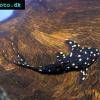 Adonis
Adonis  Lyre
Lyre 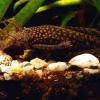 Bristlenose
Bristlenose 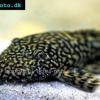 Gold
Gold 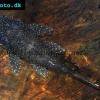 Bushymouth
Bushymouth  Spotted
Spotted  Medusa
Medusa 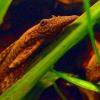 Bristlenose
Bristlenose 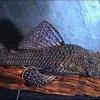 Starlight
Starlight 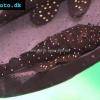 Spotted
Spotted  Catfish
Catfish 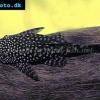 Bushynose
Bushynose 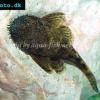 Bristlenose
Bristlenose  Green
Green 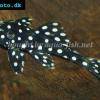 LDA-33
LDA-33 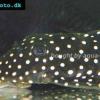 Snowflake
Snowflake 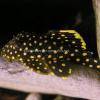 Gold
Gold 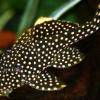 Gold
Gold  Dasyloricaria
Dasyloricaria 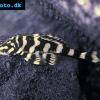 Butterfly
Butterfly 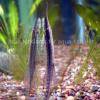 Whiptail
Whiptail 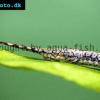 Amazon
Amazon  Twig
Twig 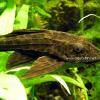 Spotted
Spotted 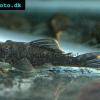 Spotted
Spotted 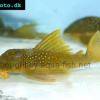 Lemon
Lemon 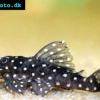 Pleco
Pleco 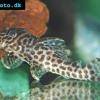 Peruvian
Peruvian 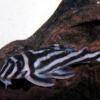 Zebra
Zebra 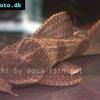 Pleco
Pleco 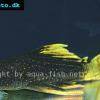 Hypostomus
Hypostomus 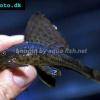 Pleco
Pleco 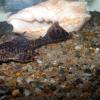 Suckermouth
Suckermouth  Spotted
Spotted  Woodeating
Woodeating 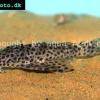 Golden
Golden  Sultan
Sultan 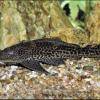 Multiradiatus
Multiradiatus  Marbled
Marbled 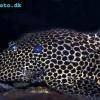 Pleco
Pleco 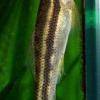 Dwarf
Dwarf 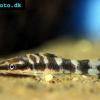 Dwarf
Dwarf 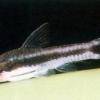 Dwarf
Dwarf 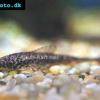 Oxyropsis
Oxyropsis 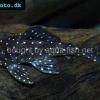 Orange
Orange 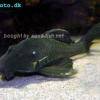 Blue
Blue 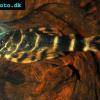 Clown
Clown 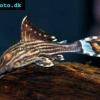 Royal
Royal 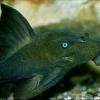 Blue
Blue 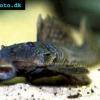 Rubber
Rubber  Goby
Goby 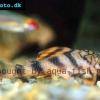 Wormline
Wormline  Para
Para  Tiger
Tiger 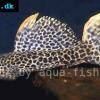 Leopard
Leopard 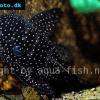 Spiny
Spiny 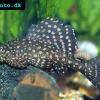 Marbled
Marbled 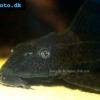 Amazon
Amazon  Common
Common 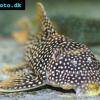 Sunshine
Sunshine 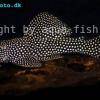 Golden
Golden